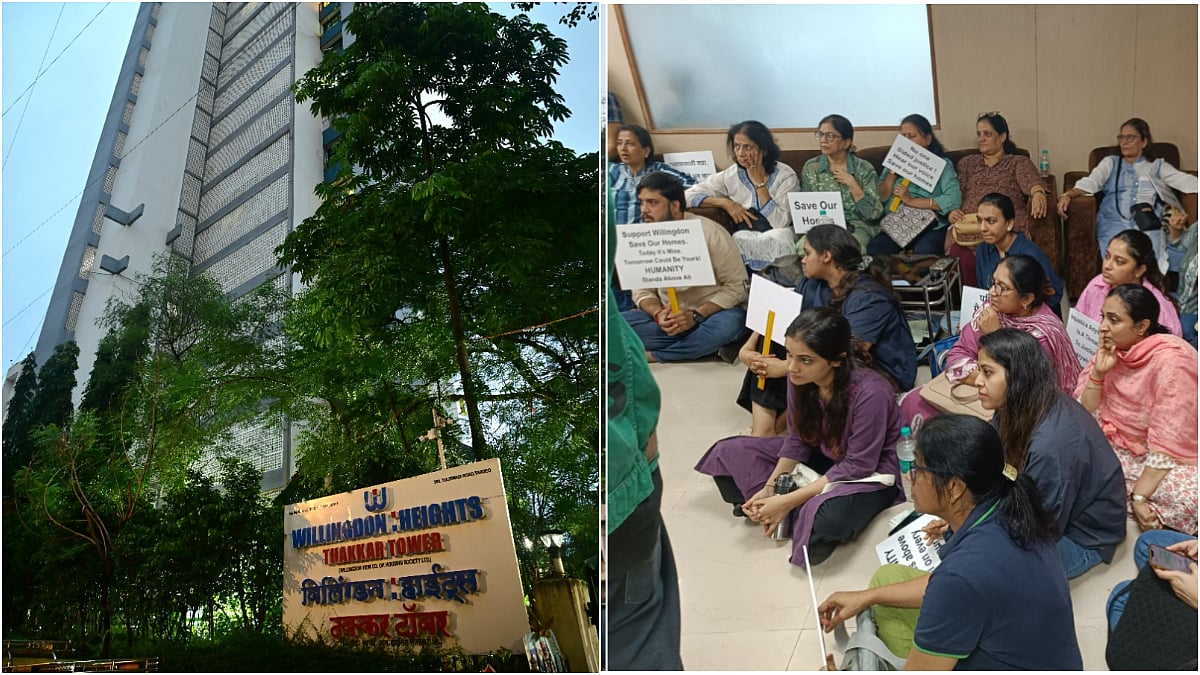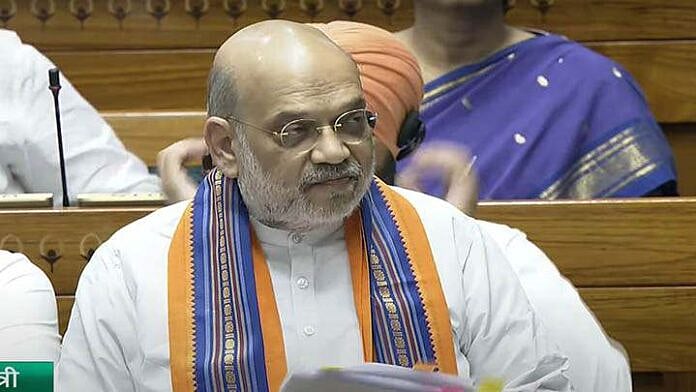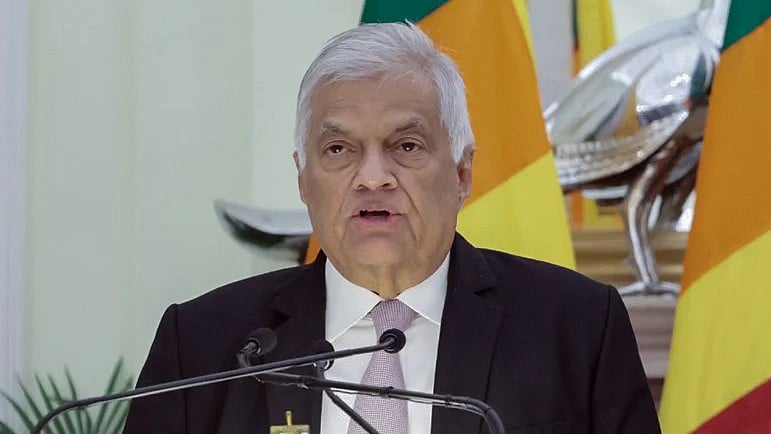Indian politics is no longer unipolar. One can define it as bipolar or multipolar, depending on where one is gazing at the events. Modi’s biggest success was to change the pole position of Indian politics. Before he took command of the BJP, the Congress was the centre of Indian politics, and the BJP was trying to dislodge it. But once Modi became the prime minister with 282 seats in the Lok Sabha, he emerged as the centre, and the Congress moved to the periphery, with the least number of MPs in the lower house. But post-2024 parliamentary elections, the pendulum has moved to normalcy, in which none of the parties can dominate the political scene single-handedly.
Modi, in his third term, is much weaker as the leader and as head of the government. Rahul has emerged as a powerful second pole. Though he does not have the arithmetic on his own to dictate terms to the government, the combined strength of the opposition makes him equally powerful, if not more than, the Prime Minister.
The BJP has 240 seats, and to run the government, it needs to have the support of leaders like Nitish Kumar, Chandra Babu Naidu, and Chirag Paswan, which makes Modi and the government vulnerable. On the other hand, the opposition with 234 seats is close behind. And Rahul Gandhi, with 99 seats, legitimately became the Leader of the Opposition, and that was the beginning of the crumbling of the citadel. Rahul turned out to be a very strong opposition leader, which the BJP probably did not anticipate. And no wonder, it did not have a strategy to manage Rahul Gandhi, neither in the Parliament nor outside. And now the government is in a bind. Rahul Gandhi, with sheer audacity and courage, has turned the tables and has emerged as a very strong Leader of the Opposition, and those even in the opposition or in the INDIA Block, who had a low opinion about his leadership qualities, are now perplexed and have no option but to follow in his footsteps.
Rahul Gandhi has done two things. One, he tried to build an ideological edifice for the opposition vis-à-vis the BJP’s Hindutva. The discovery of a parallel ideology began with the Bharat Jodo Yatra, which gave Rahul Gandhi clarity that unwavering secularism was the way forward. He combined secularism with the politics of social justice via caste census and Dalit assertion through a Save the Constitution campaign during the 2024 elections. Together, these three not only gave him moral courage and put him on the right side of history but also connected him, potentially, with almost 85% of the population. If secularism addresses the concerns of minorities, then the social justice and save the Constitution campaigns deal with OBCs and Dalits. And if he succeeds in creating this ideological pyramid, then Rahul Gandhi and the Congress will preside over a very solid social base.
Secondly, Rahul, after witnessing the worst kind of political humiliation, has realised that there is no shortcut in politics, and if the resurrection of the Congress as a party and his career have to be engineered, then he has no alternative but to hit the road and mingle with the people, especially the people on the margins. Bharat Jodo Yatra was the beginning. Afterwards, he went on for the Nyay Yatra and now the Vote Adhikar rally in Bihar to raise the issue of vote theft.
Ideological clarity and experience on the road have transformed Rahul Gandhi completely. He is more confident. He is no longer a reluctant politician, who used to disappear after some time. Now he is here and, on a daily basis, embarrassing the government. The tables have turned so much that since the parliamentary elections, he has been setting the agenda, and the government has been reacting. Whereas the opposite was true in the past. Modi used to set the narrative, and the Opposition used to react. He forced the Prime Minister to vehemently deny that the BJP had any plan to change the Constitution during the 2024 elections. The government also admitted that it was ready for the caste census.
If, during and after Operation Sindoor, the government was facing a barrage of serious questions that hit at the BJP’s macho nationalism, then now it is caught in the whirlpool of vote theft, and the Opposition’s accusation is seriously damaging the legitimacy of the elected government.
But Rahul Gandhi’s major success lies in pulling the entire opposition behind him on the issue of vote theft. The entire monsoon session was washed out due to the belligerence of a very determined opposition. The entire opposition stood like a rock behind Rahul Gandhi. The pinnacle was the march of more than 300 opposition MPs towards the election commission office. And now a galaxy of opposition leaders are trooping in to support and march with him in his Vote Adhikar rally in Bihar. Most of these leaders had a very dim view of Rahul Gandhi’s leadership earlier. Leaders like Mamata Banerjee and Arvind Kejriwal were not willing to accept him as the leader of the INDIA block. Today, despite many inner contradictions, the INDIA block is an extremely cohesive group. It is behaving like one unit, holding press conferences together and asking tough questions in one voice.
I know it’s too early to predict, but one thing is certain: a rejuvenated opposition is a healthy sign of the vitality of India’s democracy. Democracy metamorphoses into a dictatorship in the absence of a robust opposition. A strong opposition is a signal that the Modi government now has to tread cautiously. Though it has the requisite numbers in both houses, the newfound dynamism and clarity of purpose in the opposition camp are enough for the government not to take things for granted. Disruption of the unipolar polity of the country is a good sign.
The writer is Co-Founder, SatyaHindi.com, and author of Hindu Rashtra. He tweets at @ashutosh83B










